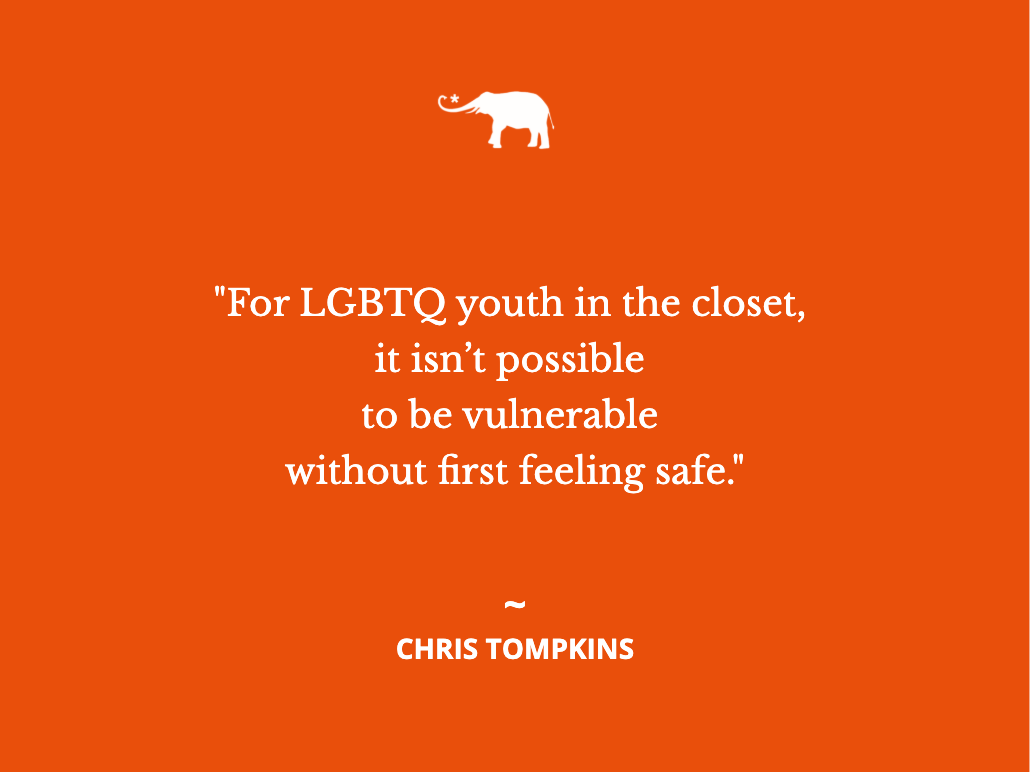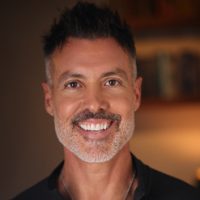Last week while at a dental appointment, I asked my dentist if she had any special weekend plans.
While we don’t often share personal details about our lives, it was the first big holiday weekend since the pandemic—which is kind of a big deal for those of us who haven’t seen close friends or family in more than a year.
She said, “Yes, my wife and I are so excited to finally be able to visit our friends!”
Her reply caught me off-guard. It suddenly occurred to me that for two years, up until that moment, I had never considered her to be a lesbian. I had always assumed that she was heterosexual.
It’s not possible to be socialized in a dominant heteronormative culture and not pick up heteronormative beliefs. As such, most of us automatically, conscious or unconscious, assume our children are heterosexual and cisgender—when a person’s gender identity matches the sex they were assigned at birth. While the majority of the population is heterosexual and cisgender (statistically speaking), there is much to be said about the spectrum of gender and sexuality.
When we consider the possibility that the children we know and love might be LGBTQ, it helps disrupt heteronormative thinking. It prevents the negative effects of sexual and gender minority shame from taking root within a child’s belief system.
We also help raise LGTBQ allies when we keep inclusivity at the forefront of our consciousness—whether we’re teaching inside the classroom or inside our own home.
Not everyone is heterosexual or cisgender, yet, we live in a heteronormative world. Youth spend their days in classrooms that are extensions of the world outside of them. Through everything from pop culture to K–12 materials, the messages children receive inside and outside the classroom come from a heteronormative worldview.
Just the other week, I was in the grocery store with my eight-year-old nephew. We were waiting in the checkout line, and a woman at the register complimented his brown eyes and long eyelashes. She told him, “You’re gonna be trouble for the ladies. I’m sure all the girls have a crush on you.” It’s a seemingly harmless and sweet comment. If you scratch beneath the surface though, the message is harmful. As we walked away, I thought about how when I was eight years old and already knew I was gay—comments like that were part of the reason I hid in the closet.
How did she know my nephew wasn’t gay? Further, not all girls will have a crush on him.
Adults have a responsibility to not make assumptions about young people’s identities—and that includes their sexual orientations and gender identities.
To effectively do be inclusive of all identities, consider the following:
>> No matter who we are or where we come from, there are certain collective societal messages we subconsciously learn while growing up. These messages formulate our beliefs and our belief systems that become the lens through which we interpret the world. Building an awareness of our implicit biases is key to interrupting heteronormative thinking.
>> Beneath heteronormativity lies homophobia and transphobia. Homophobia and transphobia are multi-layered and can mean consciously or subconsciously believing being LGBTQ is “bad,” “wrong,” or “less than” being heterosexual and/or cisgender.
>> Biological sex, sexual orientation, gender identity, and gender expression should not be conflated.
>> Not communicating is still communicating. When teachers do not have LGBTQ-inclusive curricular materials or lesson plans, they are still sending a message to their students.
>> Heteronormativity perpetuates the closet and the closet is a hotbed for shame.
Dr. Brené Brown, who researches shame and vulnerability, argues that shame-prone children are more likely to die by suicide, drop out of school, engage in high-risk sexual behaviors, and experience increased drug use. During her keynote address at the 2017 SXSW EDU Conference, Brown spoke to an audience full of teachers about shame and the negative impact it has in the classroom. She shared how learning is inherently vulnerable. If students can’t be vulnerable, it’s impossible for them to learn.
For LGBTQ youth in the closet, it isn’t possible to be vulnerable without first feeling safe.
As parents, teachers, and caregivers, it’s not enough to support same-sex marriage to be an ally for the LGBTQ community. We have to go a few steps further and stop heteronormativity from taking root in our classrooms and homes. We also have to take proactive action to help raise LGBTQ allies.
Here are five proactive steps for teachers:
1. Consider that at least one child in your class is LGBTQ.
2. Be inclusive and incorporate LGBTQ examples in your teaching and classroom discussions.
3. Show support by having LGBTQ-related books, signage, stickers, or resource materials available.
4. Create an open, safe, and affirming space.
5. Be vulnerable, ask questions, and have authentic conversations.
For parents, the same steps can easily be applied:
1. Consider that at least one child in your family is LGBTQ.
2. Be inclusive and incorporate LGBTQ examples in everyday conversations—“Does your friend Jessica have a boyfriend or girlfriend?”
3. Show support by having LGBTQ-related books at home. (I personally love gifting my nieces and nephews books.)
4. Create an open, safe, and affirming home.
5. The final step is the same—try to always be vulnerable, ask open questions, and have authentic conversations with your kiddos.
By incorporating these steps and not making assumptions, we can help keep children out of the closet. Being outside of the closet is the only place appropriate for a child to learn, grow, feel safe, and thrive.
~








Read 1 comment and reply